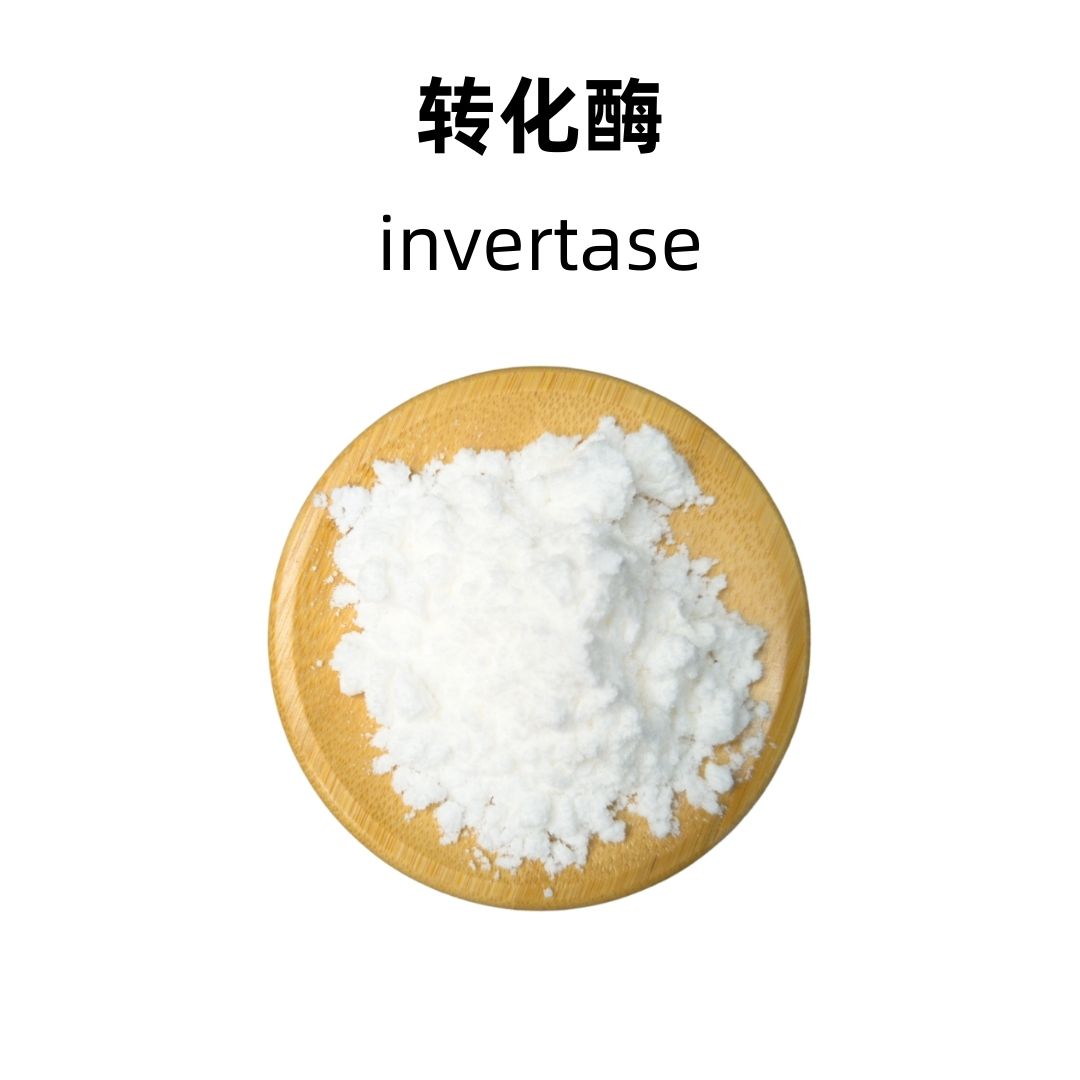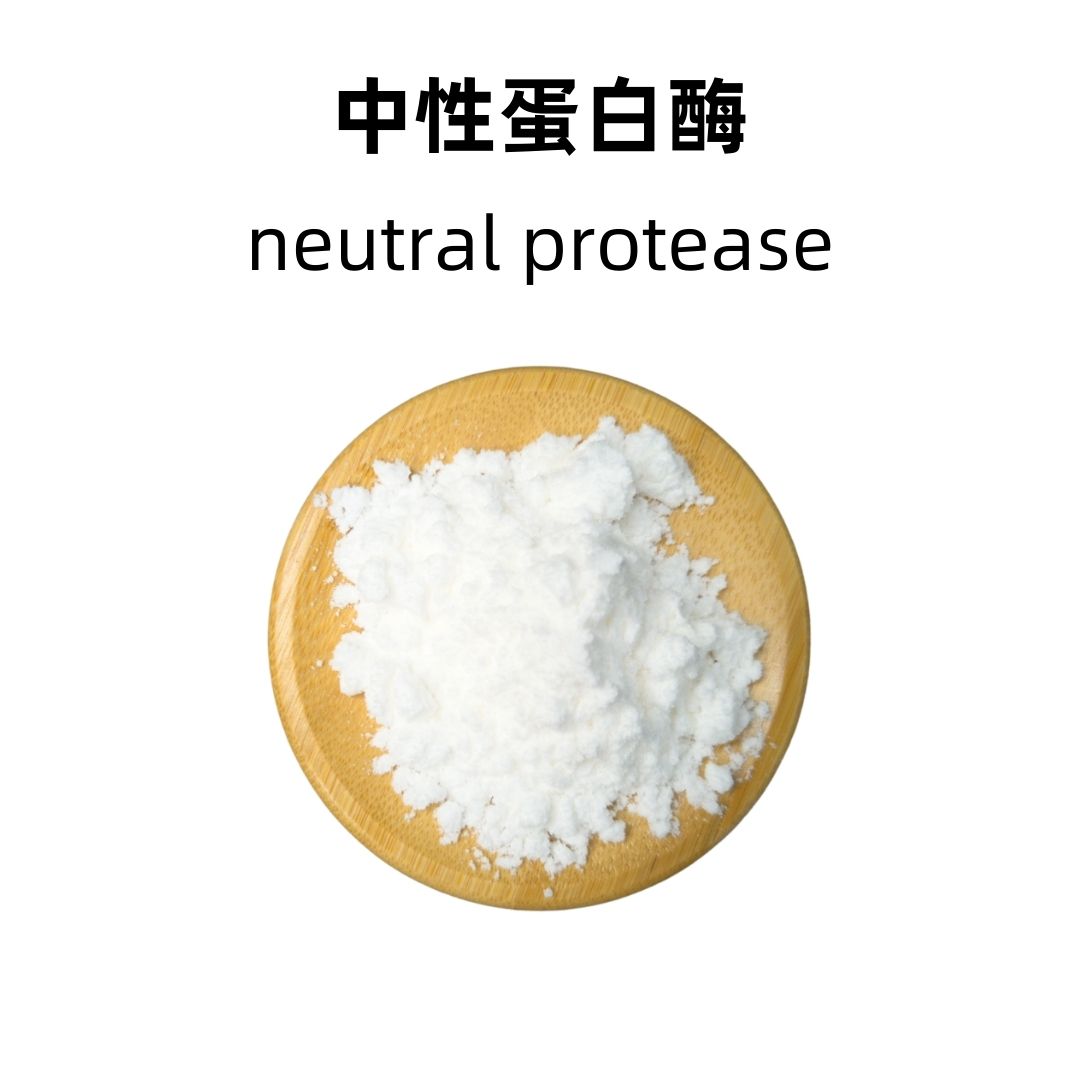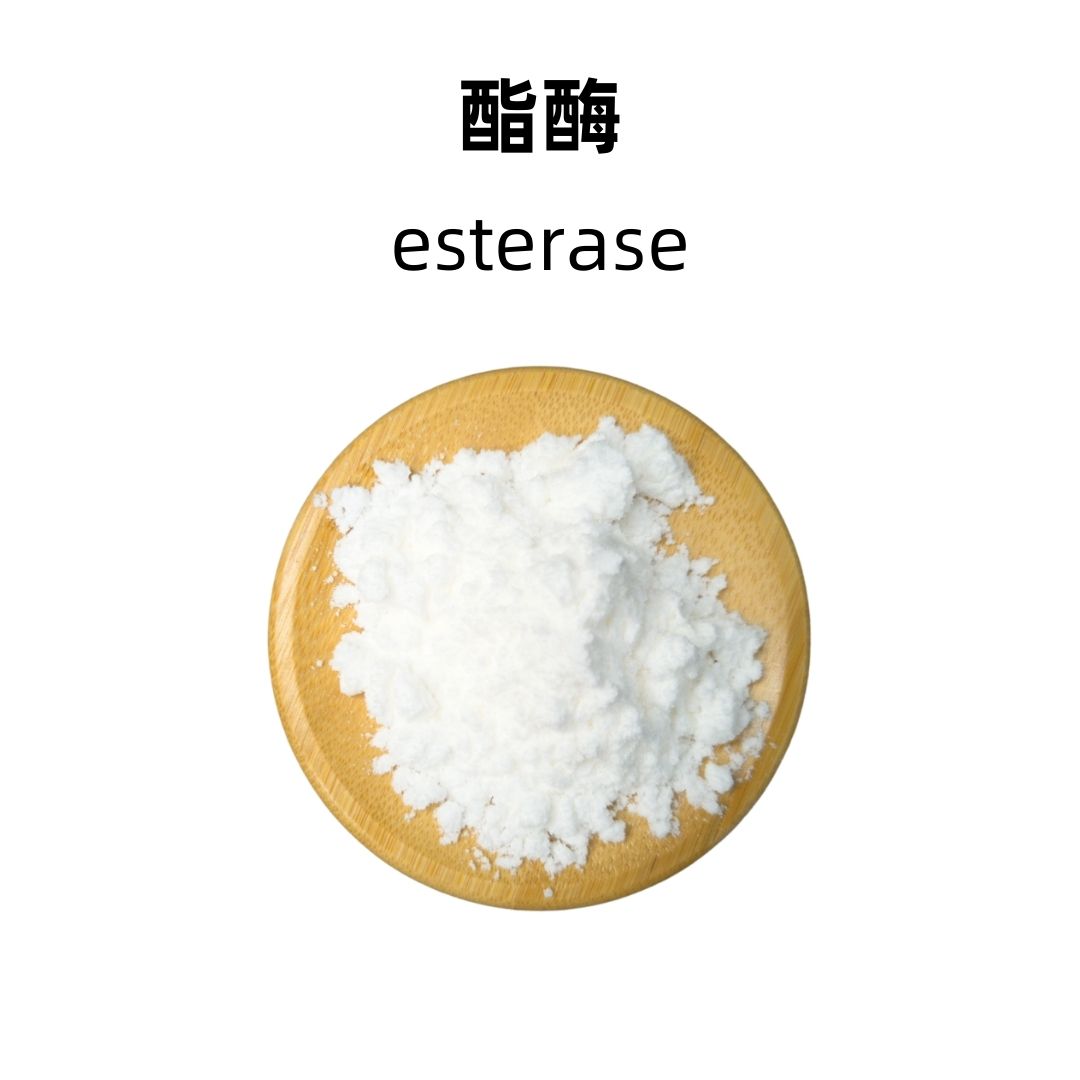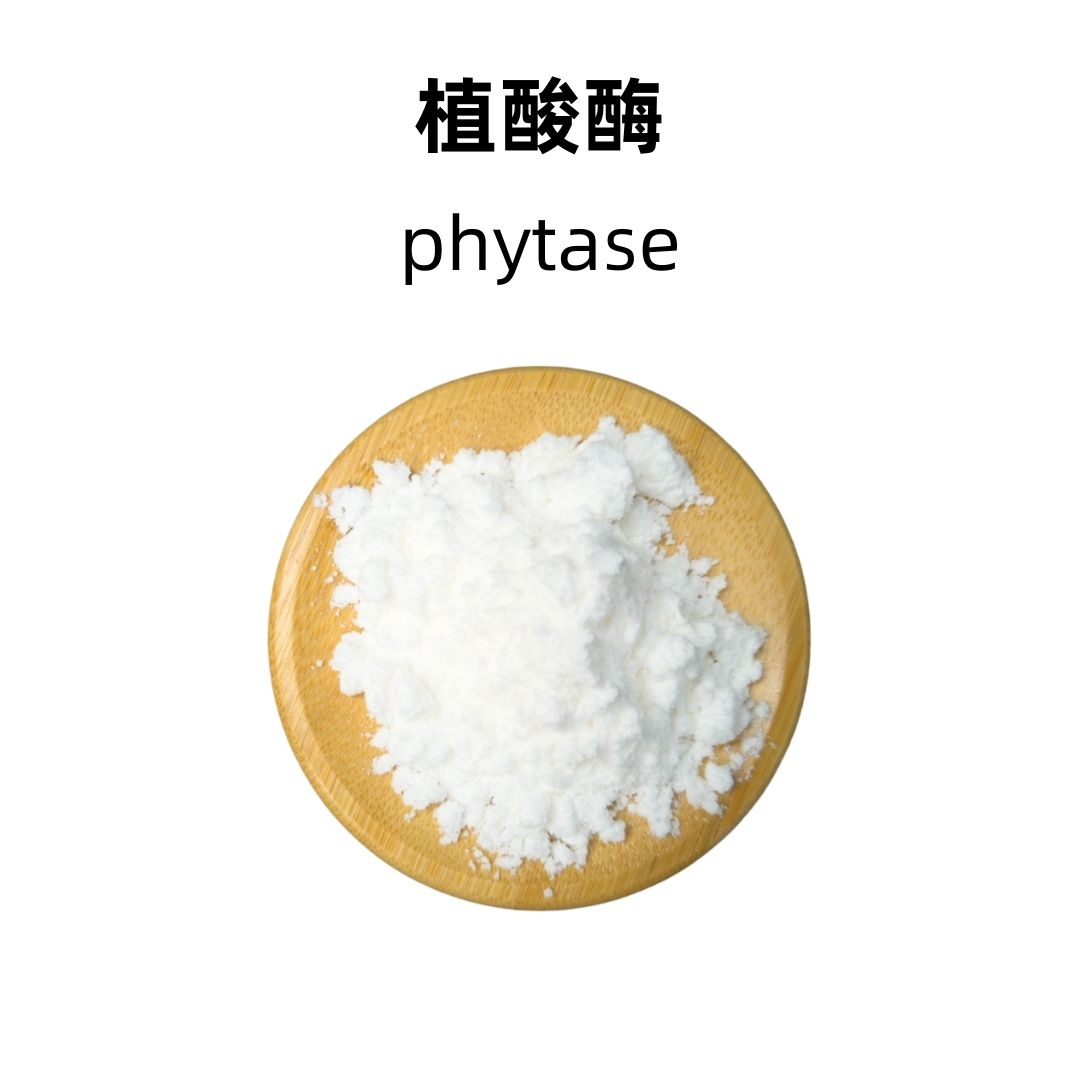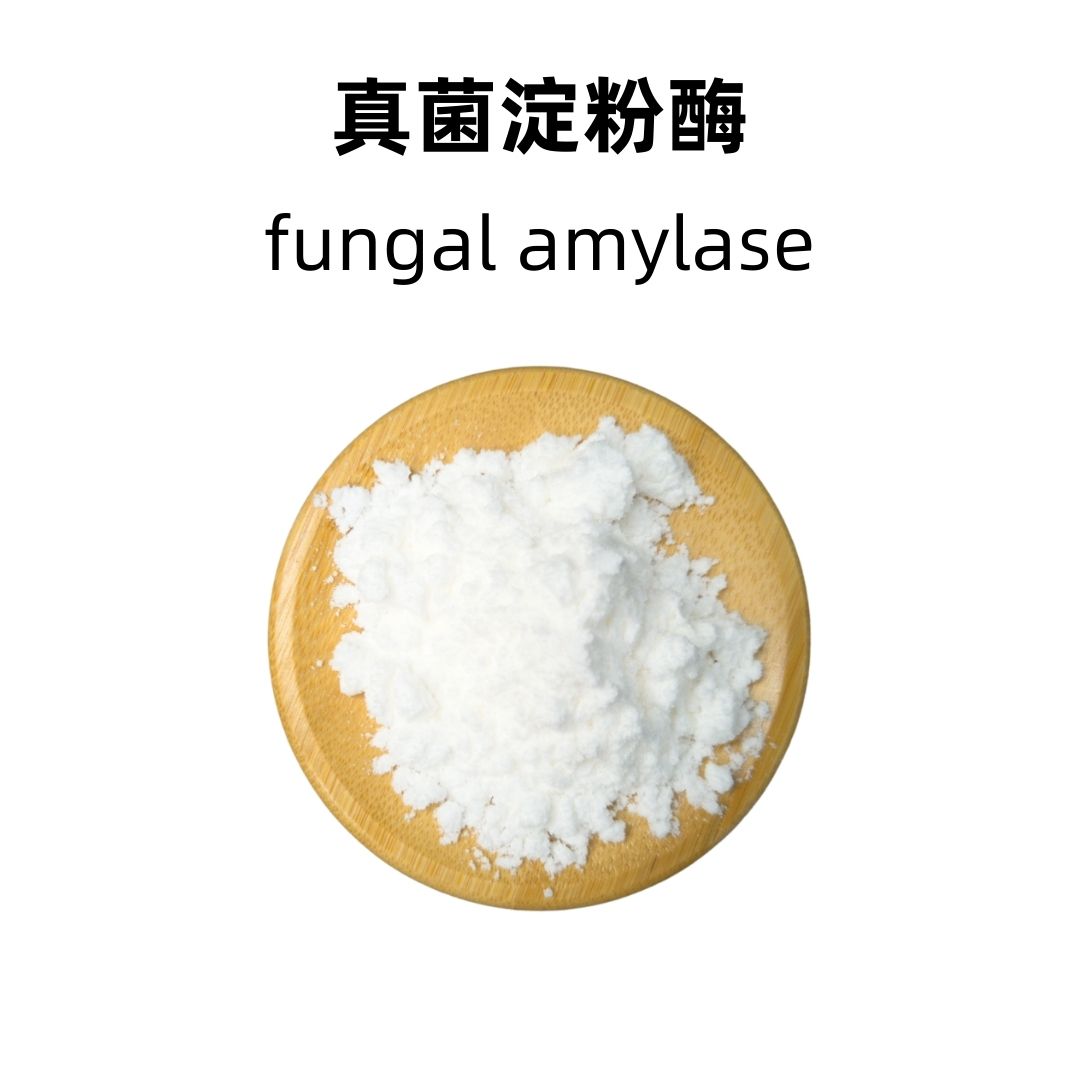Product Introduction
Pullulanase is an enzyme that plays a significant role in carbohydrate metabolism. It primarily breaks down pullulan, a polysaccharide produced by certain fungi, into simpler sugars. This process is essential for various industrial applications, particularly in food processing. Pullulanase is classified as a glycoside hydrolase, which means it hydrolyzes glycosidic bonds in carbohydrates.
Production Process
The production of pullulanase involves fermentation of specific strains of microorganisms known for their ability to produce this enzyme. These microbes, commonly categorized as bacteria or fungi, are cultivated in controlled environments to ensure maximum enzyme yield. After fermentation, the enzyme is extracted and purified through various methods, often using techniques like filtration and chromatography. This ensures the enzyme reaches a high level of purity and activity.
Effects and Functions
Pullulanase efficiently converts pullulan into simpler sugars, which can be further utilized by various microorganisms or for human consumption. This enzymatic breakdown not only enhances the sweetness of products but also improves the digestibility of complex carbohydrates. In the brewing industry, it aids in the conversion of starch into sugars, promoting better fermentation and improving the overall quality of the final product. In syrup production, pullulanase helps to create glucose syrups with lower viscosity, making them easier to handle and use in various recipes.
Application Scenarios
Pullulanase finds its applications in multiple sectors. In the food industry, it is used to enhance the flavor and texture of products such as bread, sauces, and confectionery items. It is also used in the production of maltodextrins, which are important in many packaged foods. In the brewing industry, pullulanase assists in starch hydrolysis, leading to more efficient fermentation processes. Furthermore, it is employed in the pharmaceutical field for enzyme therapy and dietary supplements aimed at improving digestion.
Packaging and Storage
Storage Conditions: The product should be sealed, protected from light, kept away from high temperatures, and stored in a dry, cool, and well-ventilated place.
Packaging: Bulk packaging is available in 25 kg per fiber drum, while samples can be provided in 1 kg per aluminum foil bag. Custom packaging is available upon request.
Shipping Methods: Available shipping options include FedEx, DHL, dedicated logistics, and sea freight consolidation.
Shelf Life: The product has a shelf life of two years.
Monica Sun possesses extensive technical expertise and market insights in the food additives industry. She excels in designing efficient and safe additive formulations tailored to various food applications, ranging from sweeteners to functional dietary fibers. Monica has successfully assisted food manufacturers in optimizing ingredient combinations to enhance product quality and improve consumer satisfaction.









